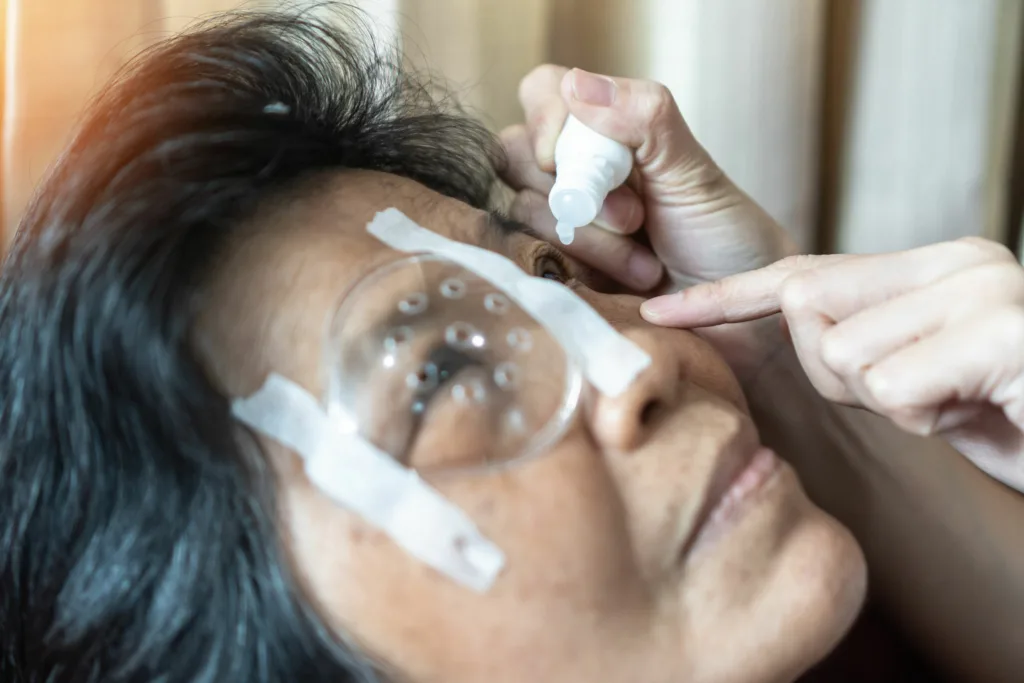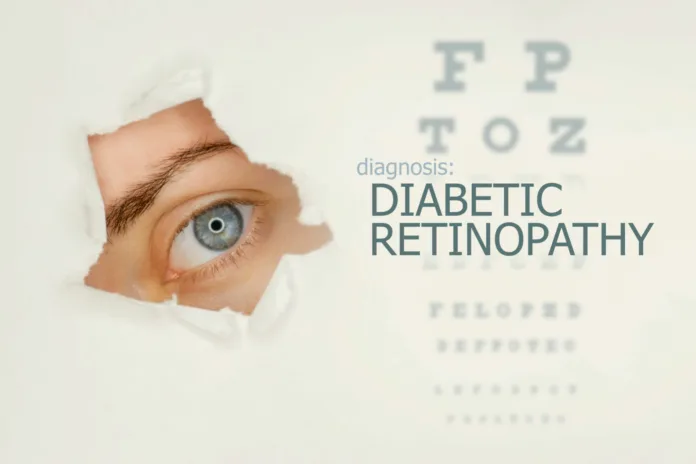Diabetes, a chronic condition characterized by high blood sugar levels, can have far-reaching consequences for your health, including impacting your vision. Unfortunately, the delicate balance of the eye is particularly vulnerable to the long-term effects of uncontrolled diabetes. Here, we’ll explore some of the most common eye conditions people with diabetes may experience, helping you understand the risks and prioritize preventive measures.
1. Diabetic Retinopathy: This leading cause of vision loss in adults with diabetes arises from damaged blood vessels in the retina, the light-sensitive layer at the back of the eye. High blood sugar weakens these vessels, leading to leaks and blockages that disrupt blood flow. Early stages of diabetic retinopathy often present with no symptoms, making regular eye exams crucial for early detection and treatment.
2. Diabetic Macular Edema: This condition is a complication of diabetic retinopathy and occurs when fluid leaks from damaged blood vessels in the macula, the central part of the retina responsible for sharp central vision. Symptoms include blurry vision, distorted vision, and difficulty reading. Prompt treatment with laser therapy or injections can help prevent vision loss.
3. Cataracts: People with diabetes are two to five times more likely to develop cataracts, which are clouding of the eye’s lens. This cloudiness impairs light entering the eye, leading to blurry vision, glare sensitivity, and decreased night vision. Cataract surgery is a safe and effective procedure for restoring vision.
4. Glaucoma: Glaucoma is a group of eye diseases that damage the optic nerve, which transmits visual information to the brain. Diabetes can increase the risk of glaucoma, potentially leading to vision loss if left untreated. Early detection and treatment with medications or surgery can help manage glaucoma and preserve vision.
5. Dry Eye Syndrome: Diabetes can affect tear production, leading to dry eye syndrome. Symptoms include stinging, burning, scratchy sensations, and blurry vision. Artificial tears and medications can help lubricate the eyes and manage discomfort.

Protecting Your Vision: The good news is that many eye conditions related to diabetes can be prevented or managed with proper care.
Here are some key steps:
Maintain strict control of your blood sugar levels. This is the most important factor in preventing eye complications.
Schedule regular eye exams. Annual comprehensive dilated eye exams are essential for early detection and treatment of eye problems.
Adopt a healthy lifestyle.
Eat a balanced diet, exercise regularly, and avoid smoking to reduce your risk of diabetes complications.
Be aware of warning signs. Sudden changes in vision, blurry vision, floaters, or flashes of light should be reported to your doctor immediately.
Remember, diabetes doesn’t have to steal your sight. By being proactive, managing your blood sugar, and prioritizing regular eye checkups, you can significantly reduce your risk of vision loss and protect your precious gift of sight.
Disclaimer : This article is for informational purposes only and should not be interpreted as medical advice. Please consult your healthcare professional for personalized guidance on managing diabetes and protecting your eye health.




